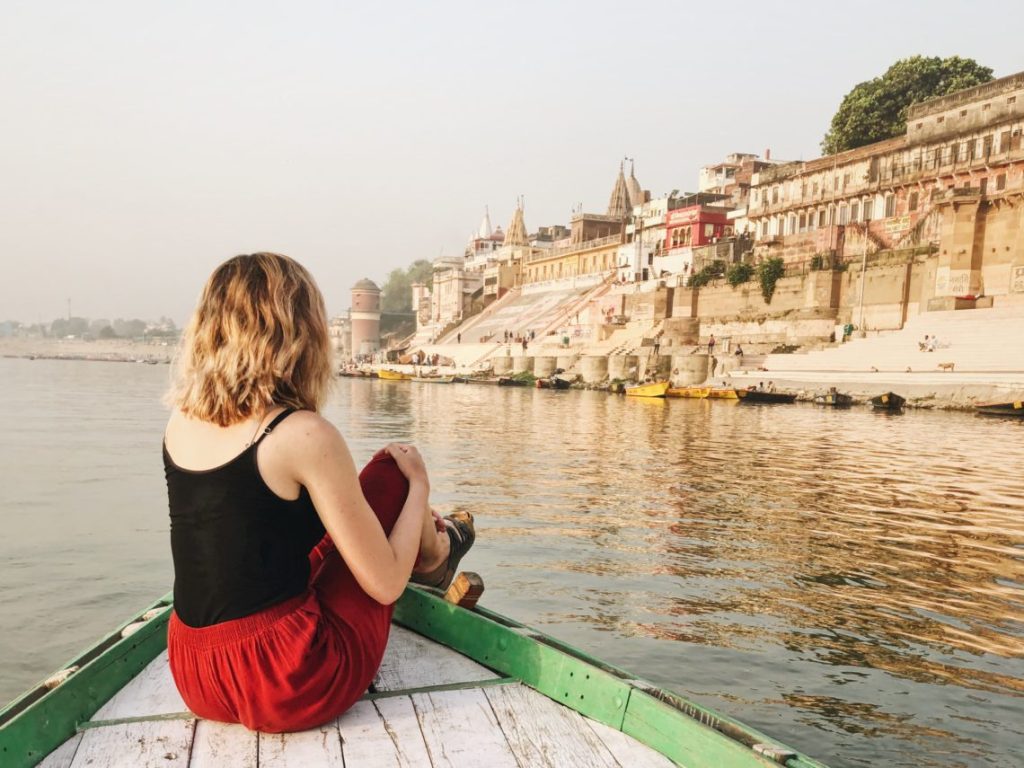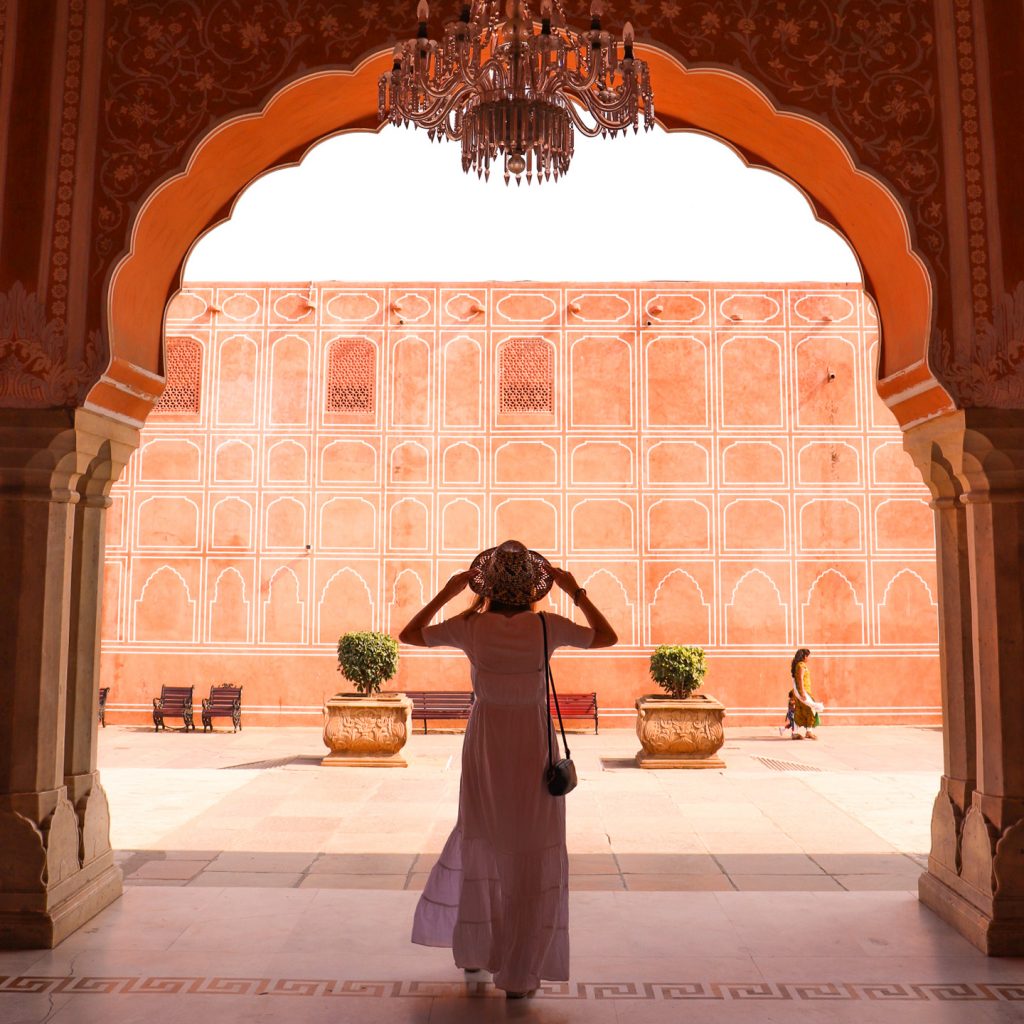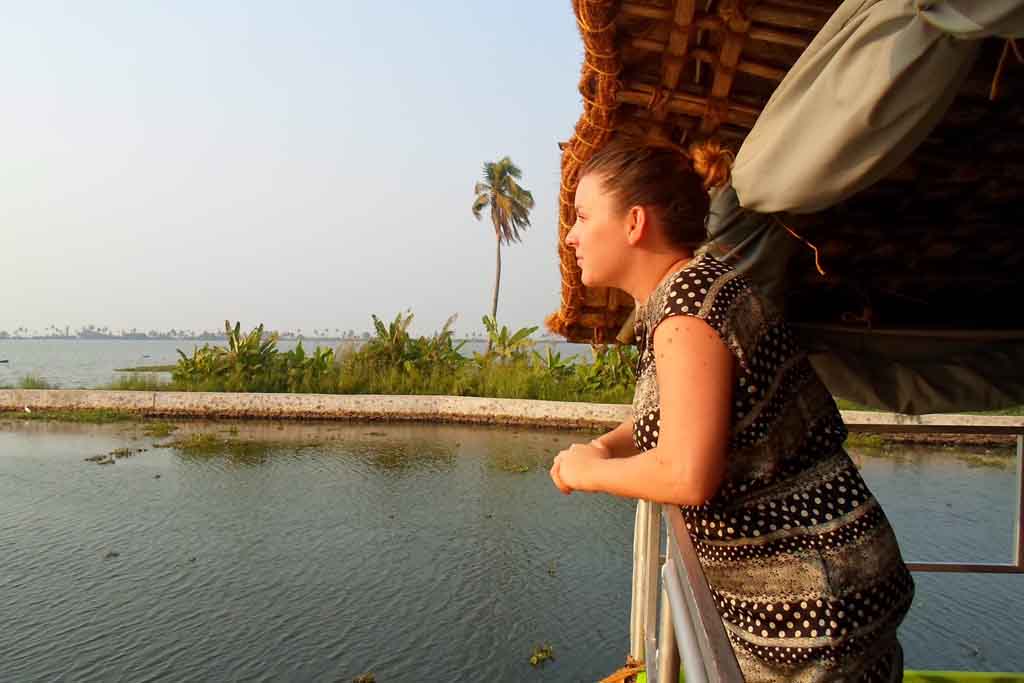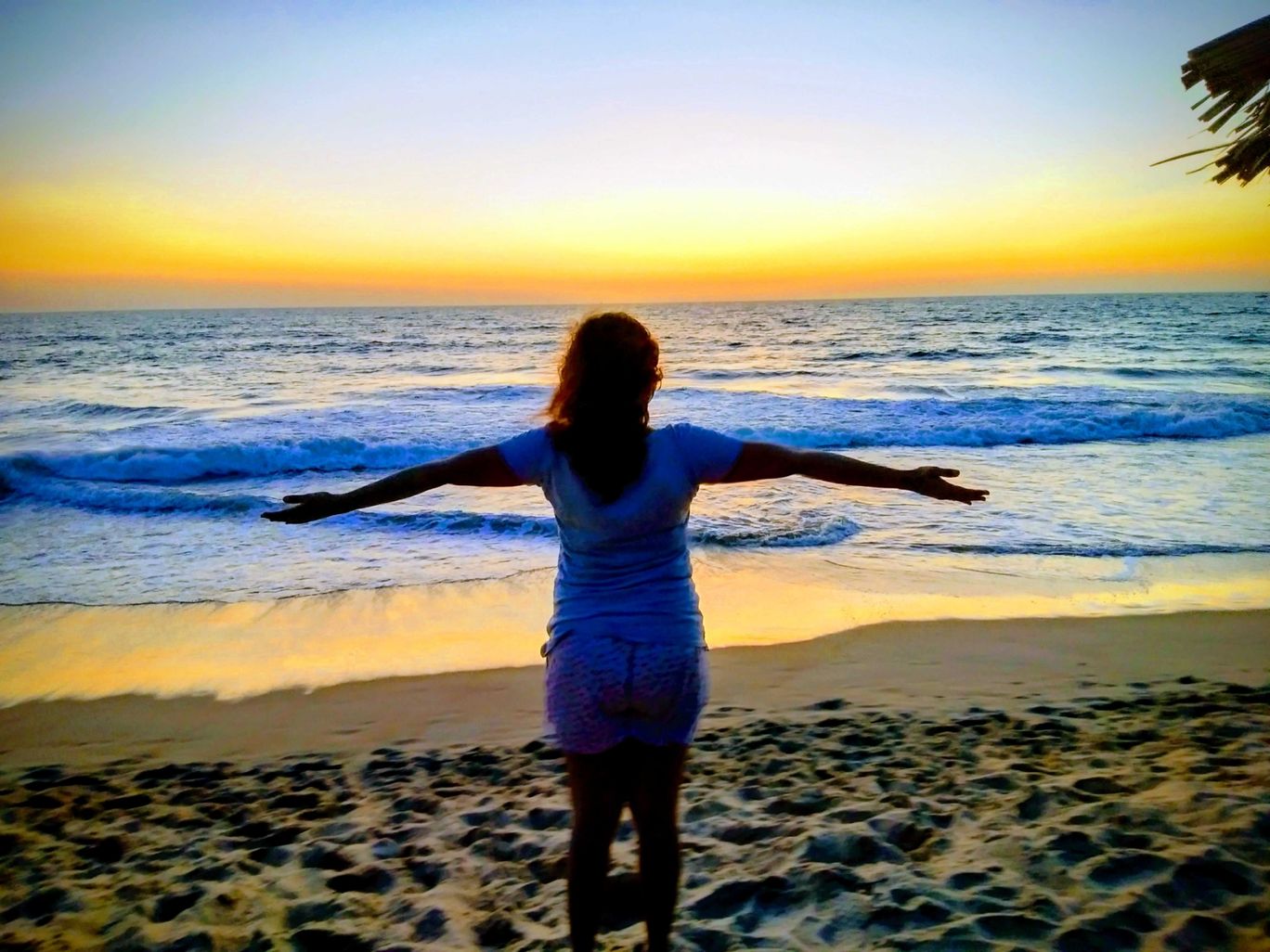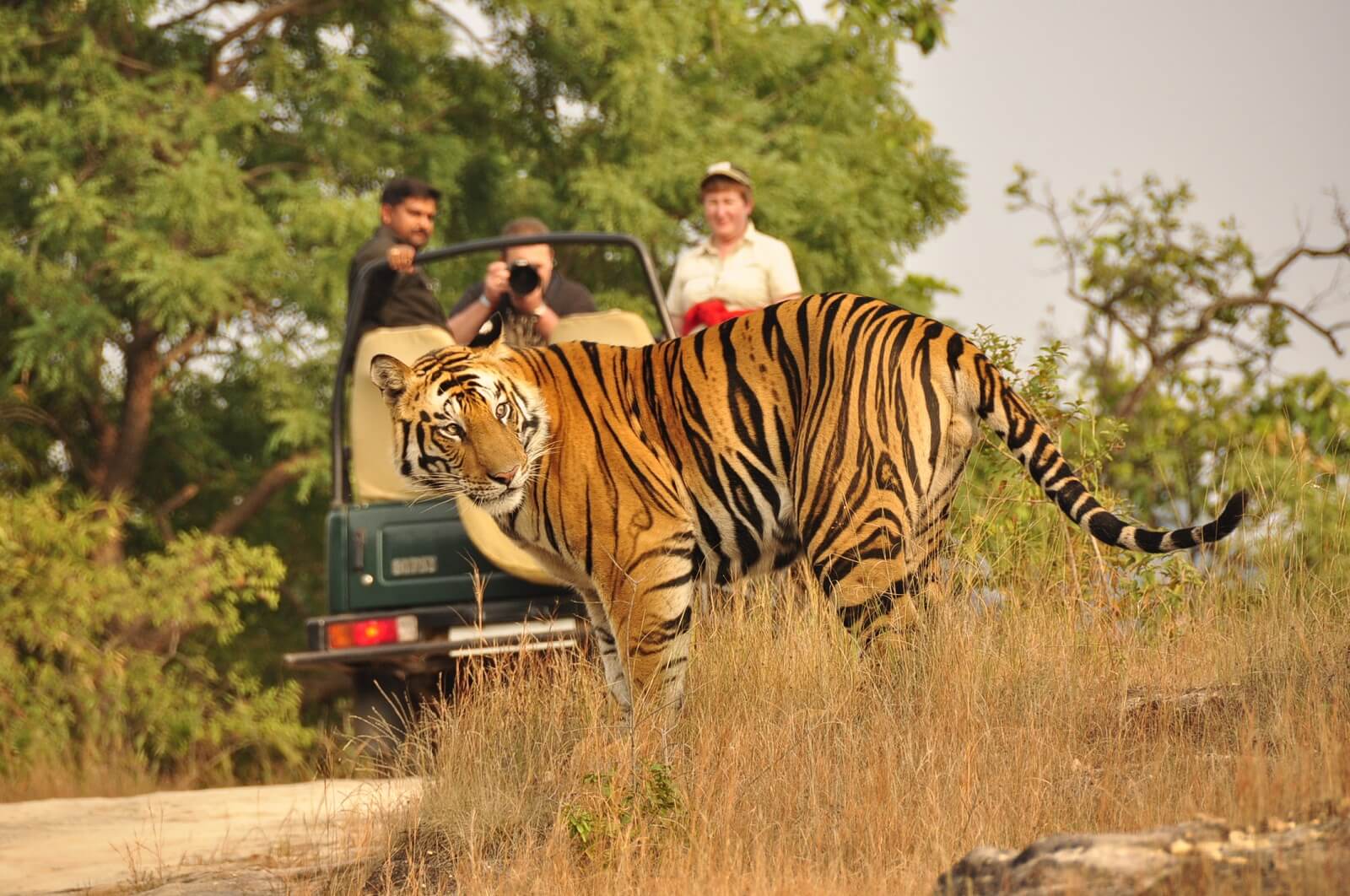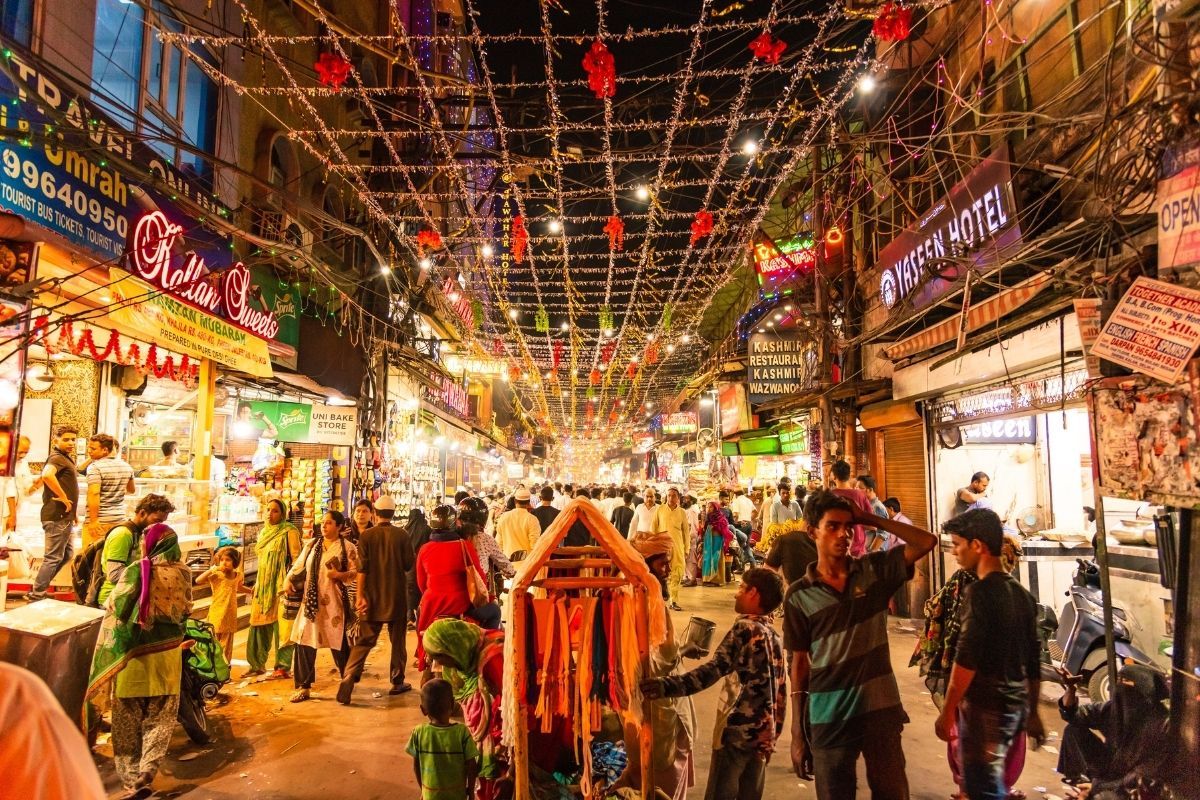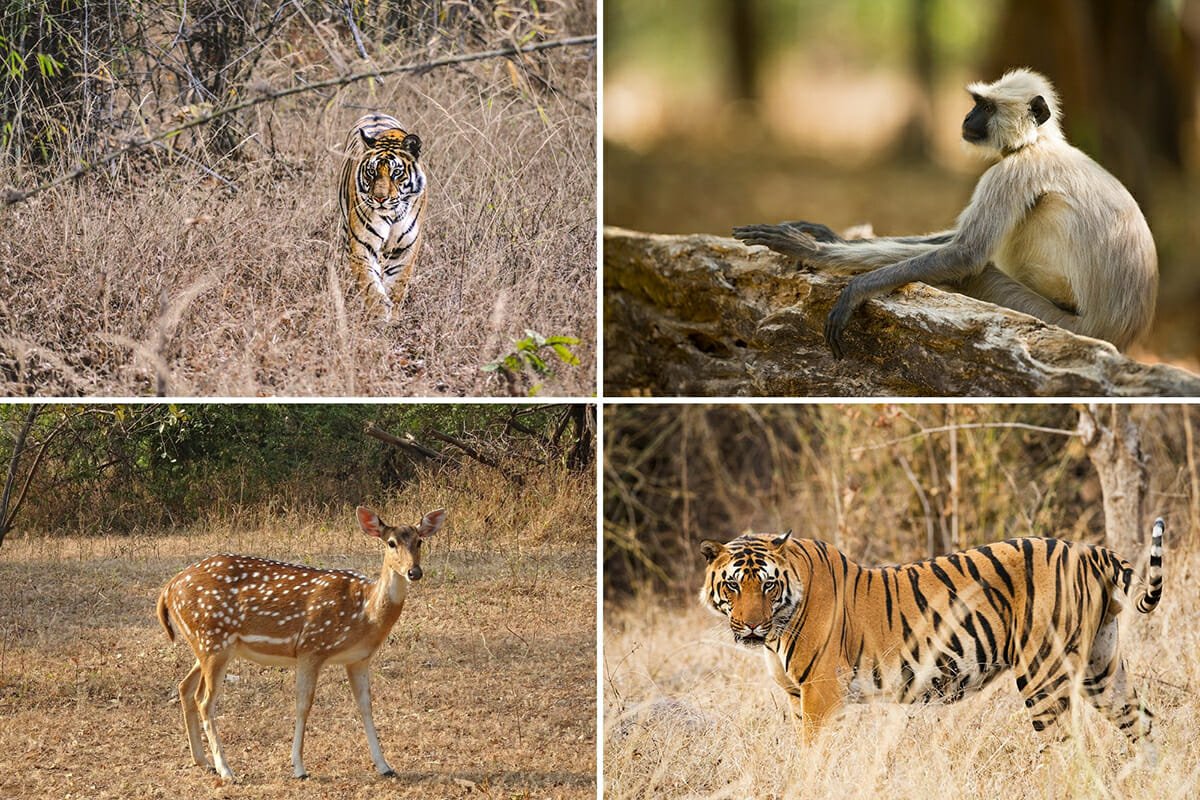Unlock the Secrets of Wellness at the Ayurveda Resorts in India
by
Wellness tourism is on the rise with more and more people seeking to travel for health and wellness. India caters to tourists from far ends of the globe with wellness retreats, holidays and experiences. Wellness tours refers to travelling wherein activities planned for health and well-being are on top priority. These include spa treatments, meditation, Yoga, Ayurveda and luxury activities. Ayurveda is the ancient science of health & wellness dating to the Vedic Era, almost 5000 years back
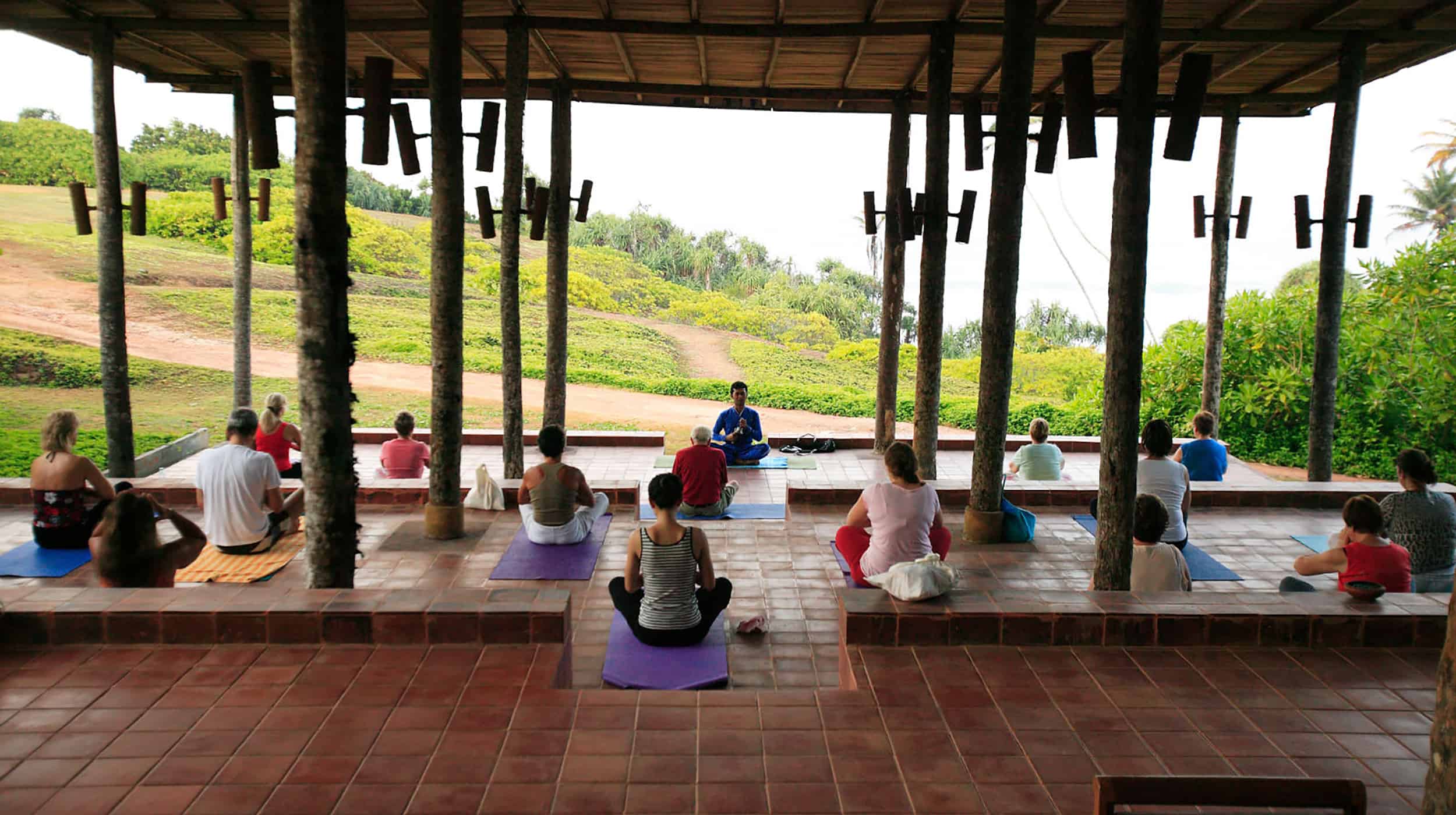
India’s vast and diverse landscape makes the ideal destination for a spa holiday, with a wealth of specialist and traditional Ayurveda spa centers and some extraordinary luxury accommodation options. Stay by peaceful Kerala backwaters, sunny beaches, in the foothills of the Himalayas or follow the footsteps of the Maharajas in sumptuous historic palaces.
Take a look at a comprehensive collection of some of the best Ayurveda Resorts in India. Make the most of your Ayurveda, Wellness and Yoga holidays in India.
- Ananda in the Himalayas, Rishikesh, Uttarakhand
Situated on a forested hillside along the River Ganga, Ananda in the Himalayas is an ultimate spa getaway in India. Built in the former palace estate of the Maharaja of Tehri-Gahrwal, the 100-acre luxury resort is a luxurious refuge from the cacophony of everyday life.
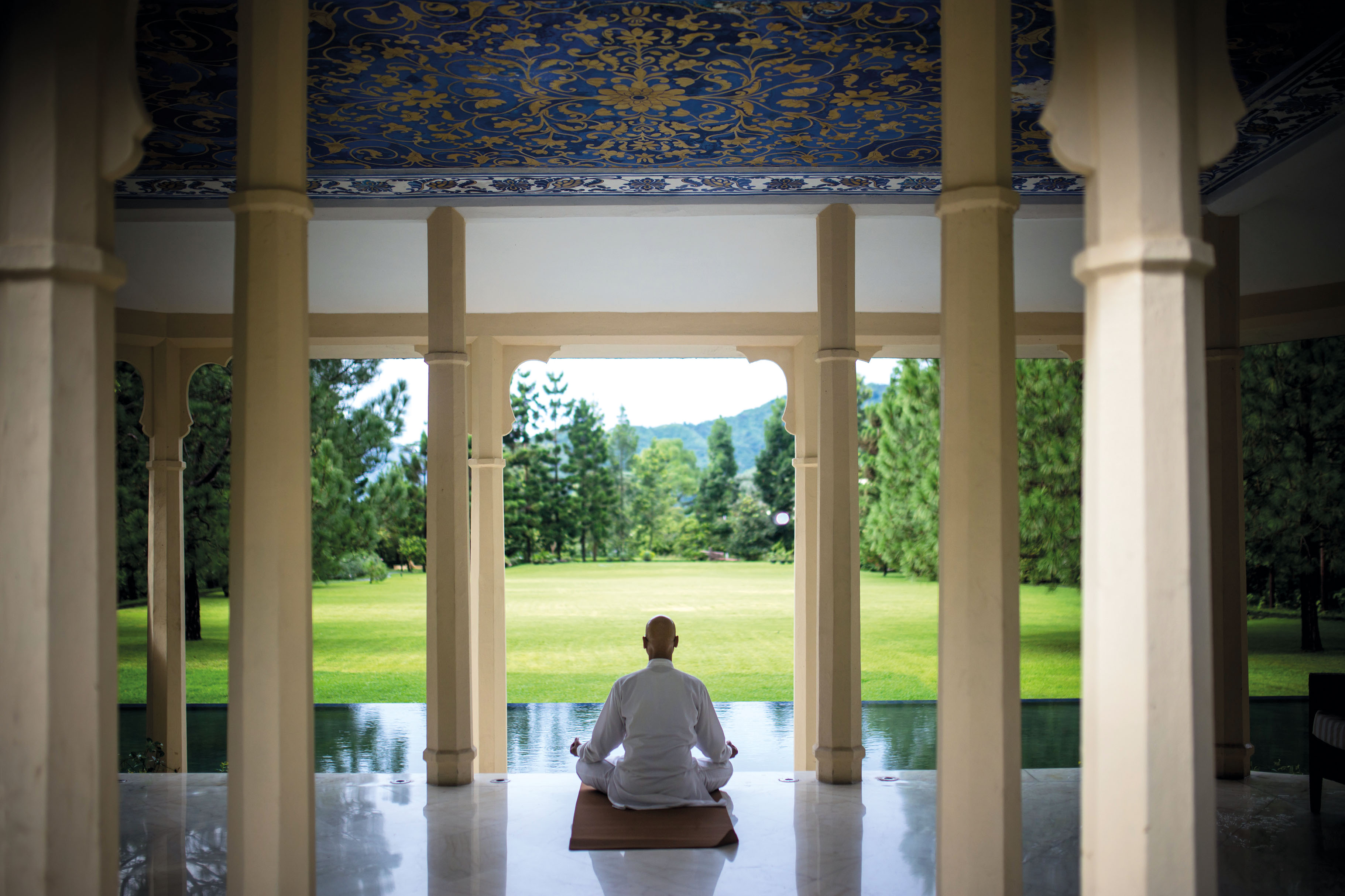
Wake up to yoga classes based on the principles of the Bihar School of Yoga, snooze under the trees on the tranquil lawns, and tuck into healthy meals. There are complimentary cooking classes on offer. The award-winning 24,000 sq. ft. spa is one of the best spas in the world and not just India. With over 80 body and treatments both Indian and Western traditions, this is the ultimate wellness getaway. Sessions in alternative healing like reiki, chakra balancing and crystals are also available. For those who do want to leave the resort’s cocoon for Rishikesh, Ananda can arrange for white-water rafting, nature trails and wildlife safaris, and a view of the Ganga aarti.
Getting There: Ananda in the Himalayas is 32 km/1 hr from Dehradun airport, and 18 km/33 min from Rishikesh railway station.
- Kairali Ayurvedic Health Resort, Pallakad, Kerala
Nestled at the foothills of the Western Ghats in ‘God’s Own Country’ Kerala, The Kairali Ayurvedic Health Resort is one of the best wellness centres in the world. Featured among top 10 in Asia & top 50 in the world by National Geographic Traveler, the Ayurveda resort is settled on 50 acres of lush greenery in Palakkad. The refuge for weary souls to be pampered by Ayurveda, the health resort unlocks many secrets of wellness.
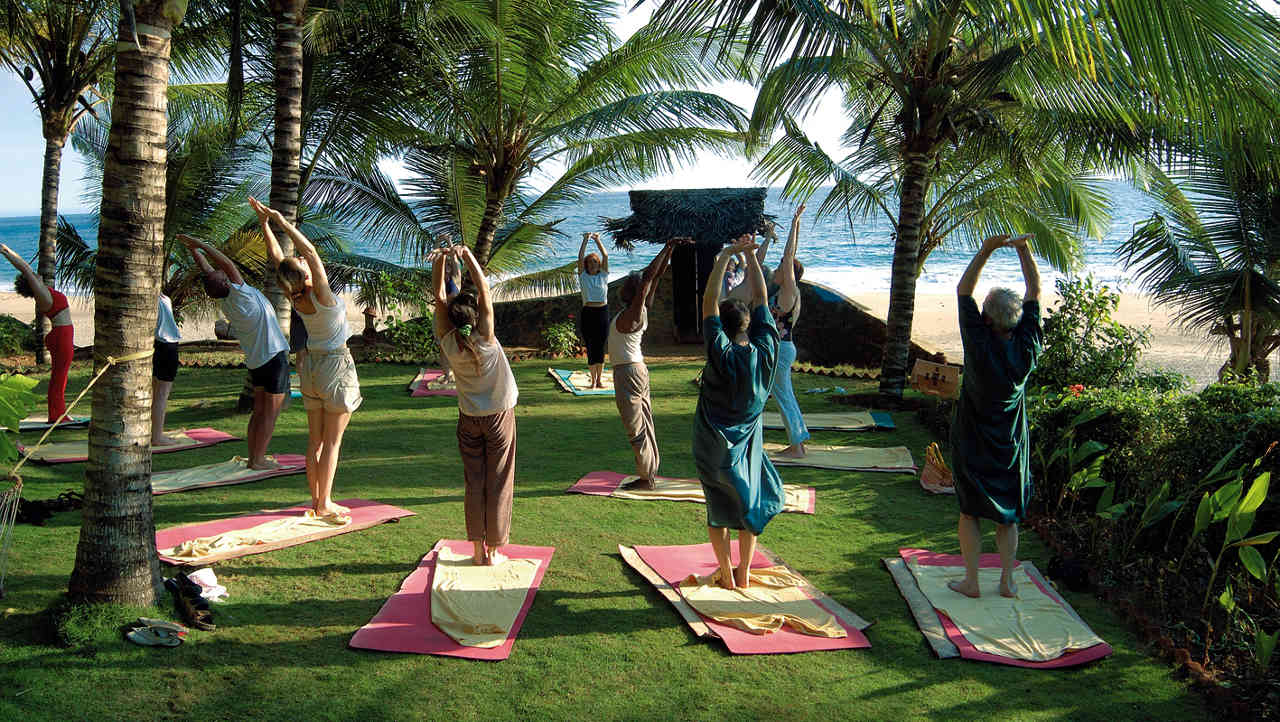
The health resort is a complete Ayurvedic healing village. Built adhering to Vaastu Shastra, the retreat grows herbs and trees which have immense curative & restorative powers. In addition of its eco-friendly features, the resort has many 5-star amenities for the utmost comfort of guests. Everything about the resort is soothing as it follows the concept of “Return to Nature”. Besides customized Ayurveda therapies, the health resort also offers Yoga, Meditation, Astrology, palmistry, nutrition, therapy, spiritual training and traditional Indian rituals (pujas).
Getting There: Kairali Ayurvedic Health Resort is 60 km/ 2hr from Coimbatore Airport.
- Somatheeram Ayurveda Resort, Kovalam, Kerala
Overlooking the blue Arabian Sea, set atop a hill, Somatheeram Ayurveda Resort is a haven of authentic and traditional Ayurveda. Set amid 15 acres of beautiful tropical gardens, the resort enjoys views of endless blue of the sky and the sea. Classy amenities have been properly soothing bliss that unlocks many secrets of wellness.
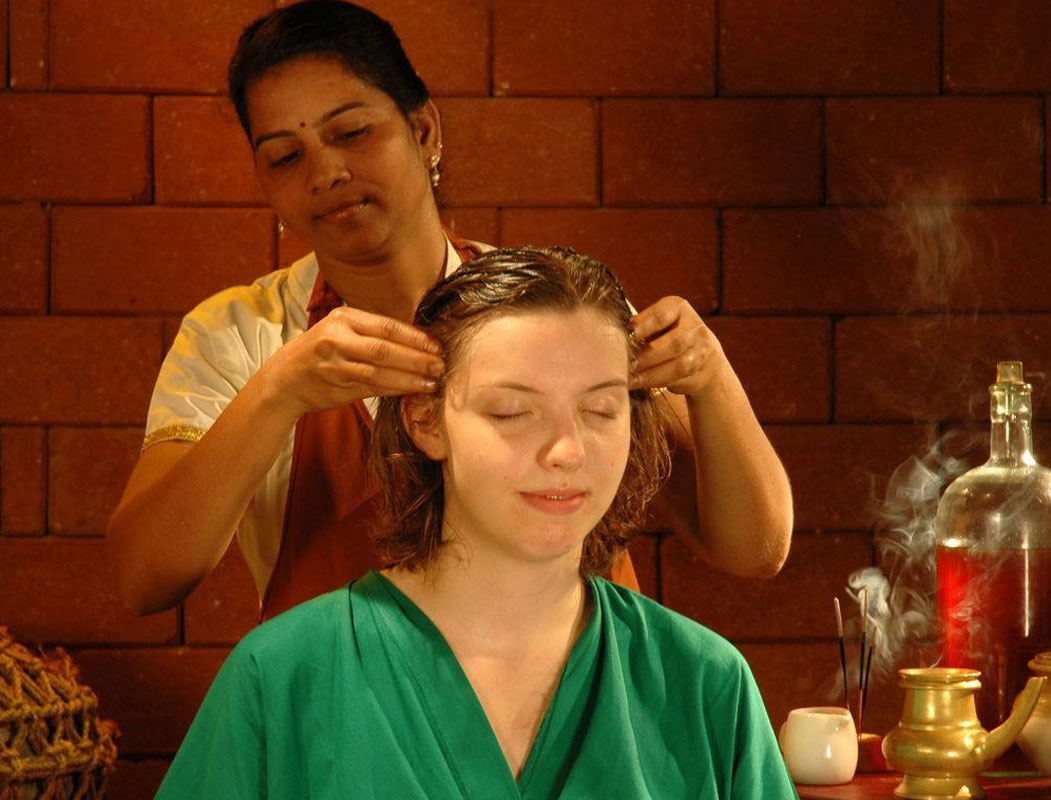
A getaway from the mad hustle-bustle of the city, Somatheeram pampers with superb Ayurvedic facilities, yoga classes and meditation programmes. Ayurveda is the soul and essence of Somatheeram, as each and every treatment is practiced in the traditional way since its inception. Treatments in the Ayurveda centre includes Panchakarma / Detoxification / Body purification, Rejuvenation therapy, Stress management, Beauty care and various customized packages. Yoga and meditation are added delights of the resort.
Getting There: Somatheeram Ayurveda Resort is 15 km/ ½ hr from Trivandrum Airport and Railway Station.
- SwaSwara, Gokarna (near Goa)
SwaSwara is named from the Sanskrit words for “self” and “sound”. The soothing beach Ayurveda resort is set on 26-acres of natural bliss. Enveloped by the melody of the waves and refreshing breeze from the sea, the property is a soulful retreat. Fully dedicated for healing and recuperation with Ayurveda, yoga, meditation and other natural therapies. The Ayurvedic wellness retreat rejuvenates the body, mind and soul.
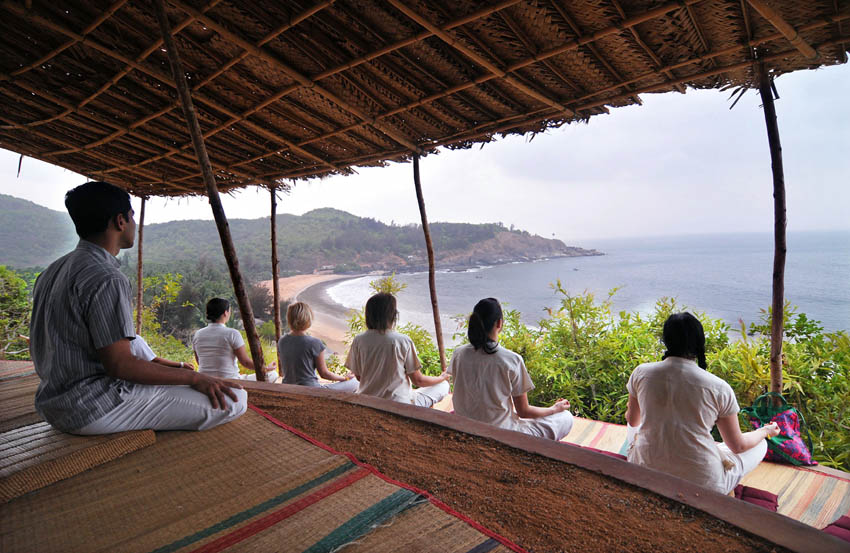
Start the day with sunrise yoga classes. Indulge in pampering massages as part of the treatment prescribed by an Ayurvedic doctor. Meditation sessions, walks on the nearby Om beach, pottery and art classes make your holiday healing and harmonious. The resort also arranges hiking, boating, and kayaking excursions. SwaSwara is one of the leading names for spa holidays in India.
Getting There: SwaSwara is 159km/ 3.5 hrs from Dabolim airport, and 14km/22min from Gokarna Road Railway Station.
- Coconut Lagoon, Kumarakom, Kerala
Settled on the banks of the Lake Vembanad, overlooking the beautiful backwaters of Kerala, The Coconut Lagoon in Kumarakom is among the best luxury Ayurveda resorts in India. Like its name the resort is surrounded by coconut groves and is accessible only by boat. The ethereal setting is the reason it knows the secrets of wellness and shares with its guests.
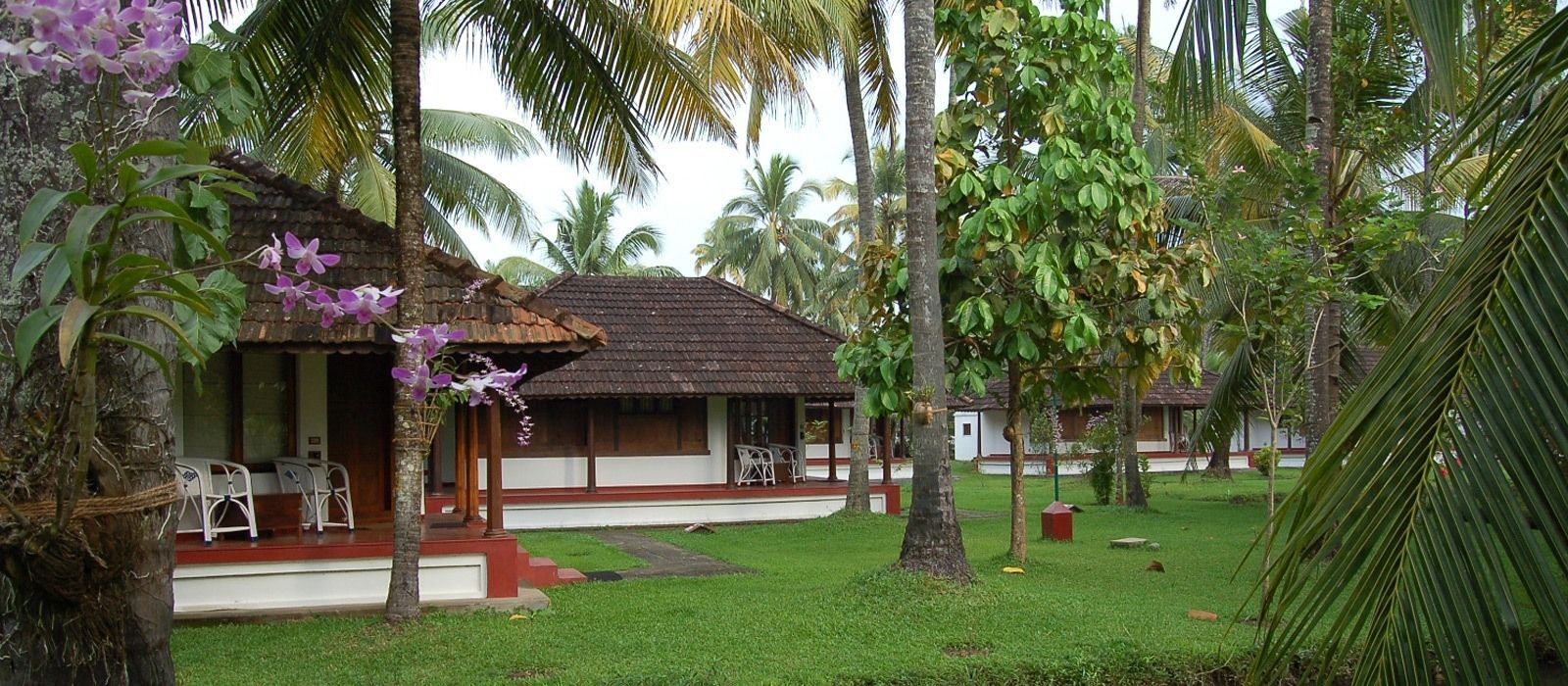
The eco-friendly resort has won several awards and is among the best in the wellness industry. Besides the scenic views, soothing massages and therapies, mouth-watering food and a pleasant experience. The Ayurveda centre offers customized treatments as prescribed by Ayurveda practitioners. The therapies include everything from beauty to rejuvenation and stress-management and cure for many maladies, all based on India's ancient healing art of Ayurveda. Bird watching tours, houseboat rides, canoe rides, village visit and more also enhance the wellness vacation.
Getting There: Coconut Lagoon is 58 km/1.5 hrs from Cochin Airport and 15 kms/ 25 min from Kottayam Railway Station.
- Spice Village Resort , Thekkady, Kerala
Like its name suggests, The Spice Village Resort is set literally in the midst of a spice plantation in Kerala. Located on the borders of the Periyar National Park in Thekkady, it is a complete wellness getaway in India. The Ayurveda resort is fragrant with the many spices Kerala is so well-known for. The entire property is modelled on the native dwellings which takes you back to the heart of natural bliss. The spices grown in the property are also a part of Ayurveda treatments. The laid-back and homely setting is blissful and the main reason why this is one of the most popular wellness destinations in India. Besides Ayurveda treatments, there is yoga and meditation, nature walks, delicious therapeutic food and so much more.
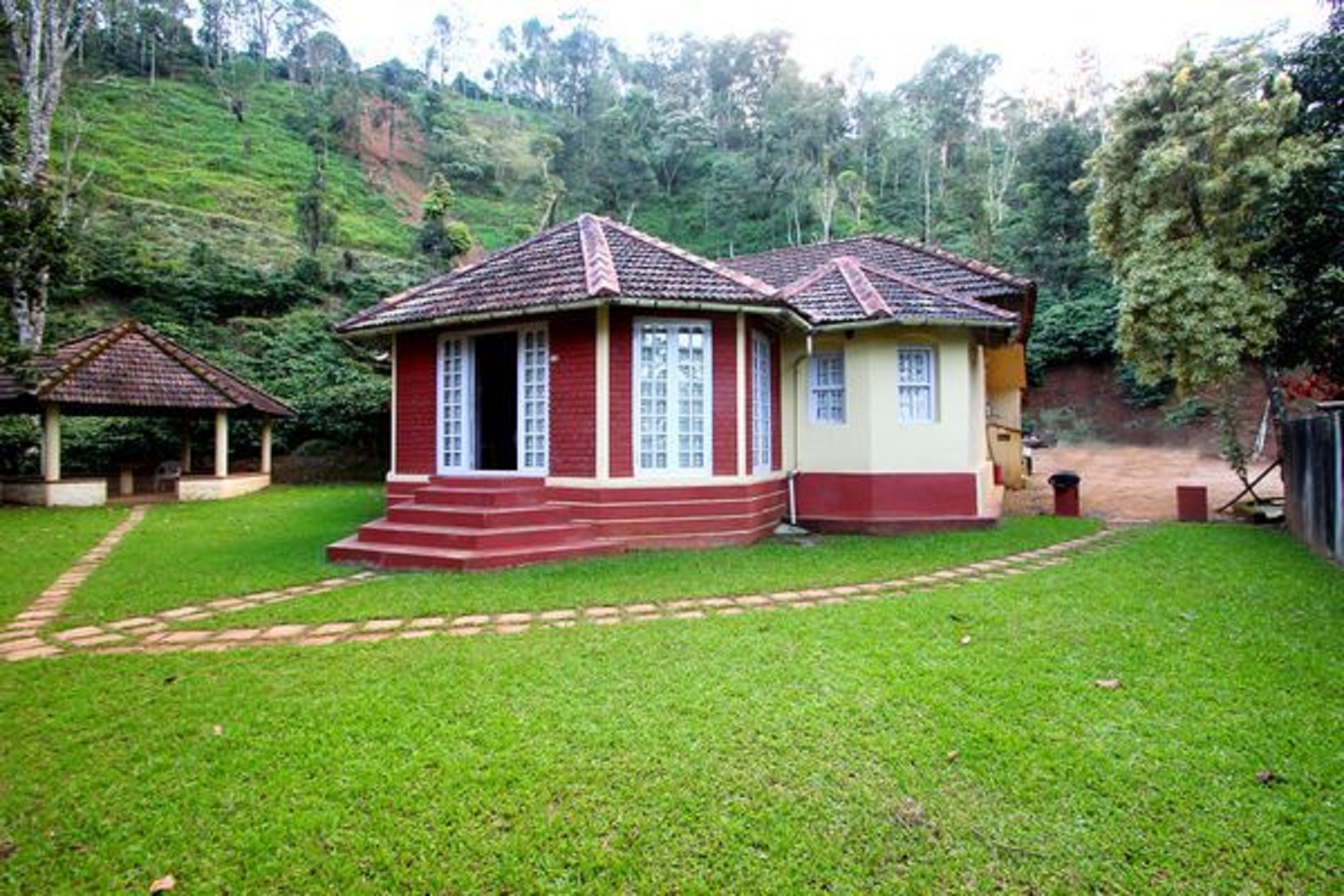
Getting There: Spice Village Resort is 162 km/4.5 hrs from Cochin Airport and 108 kms/ 3.5 hours from Kottayam Railway Station.
- Shreyas Retreat in Bengaluru, Karnataka
Set on a lush 25-acre property on the outskirts of Bengaluru, Shreyas Retrat is a healing wellness centre. With 20 guests at one time, it is quite and calming. The ultimate getaway from the hustle-bustle of the city, this one is special place to escape from schedules and recuperate in natural bliss. Each of the cottages have tented canopies in the garden and beside the infinity pool (the latter is wheelchair-accessible).
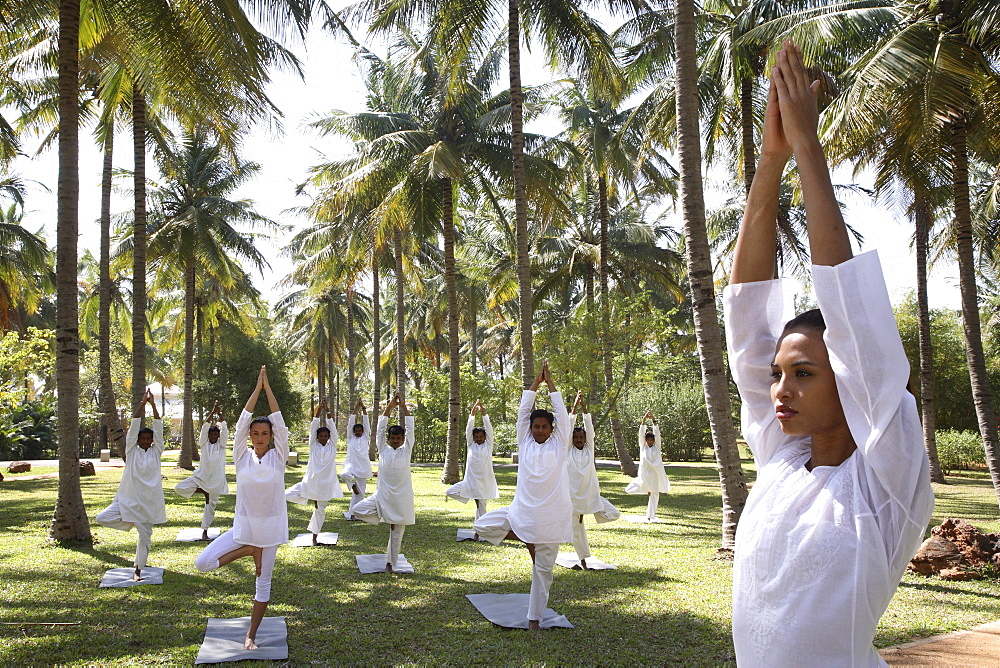
The blissful features includes sessions of ashtanga and hatha yoga, meditation, chanting and massage. Other amenities includes gym, cricket nets, swimming pool, heated outdoor Jacuzzi, lush gardens and delightful vegetarian meals, with ingredients grown in the organic vegetable garden.
Getting There: Shreyas Retreat is 33km/1hr from Bengaluru airport, and 35km/1hr from Bengaluru City Junction railway station.

